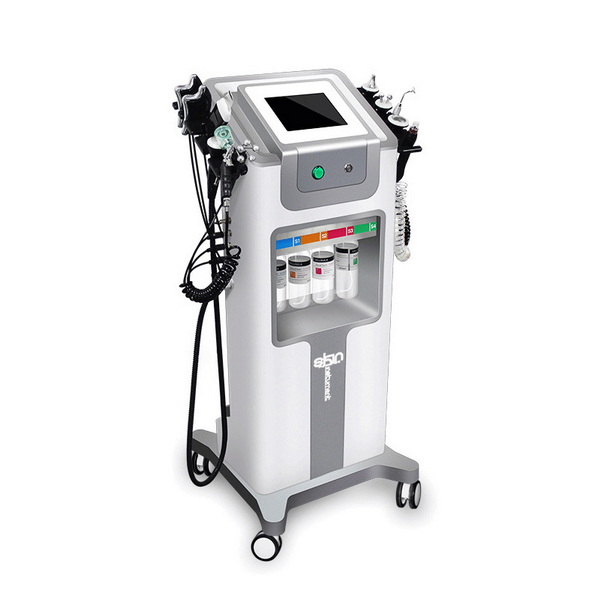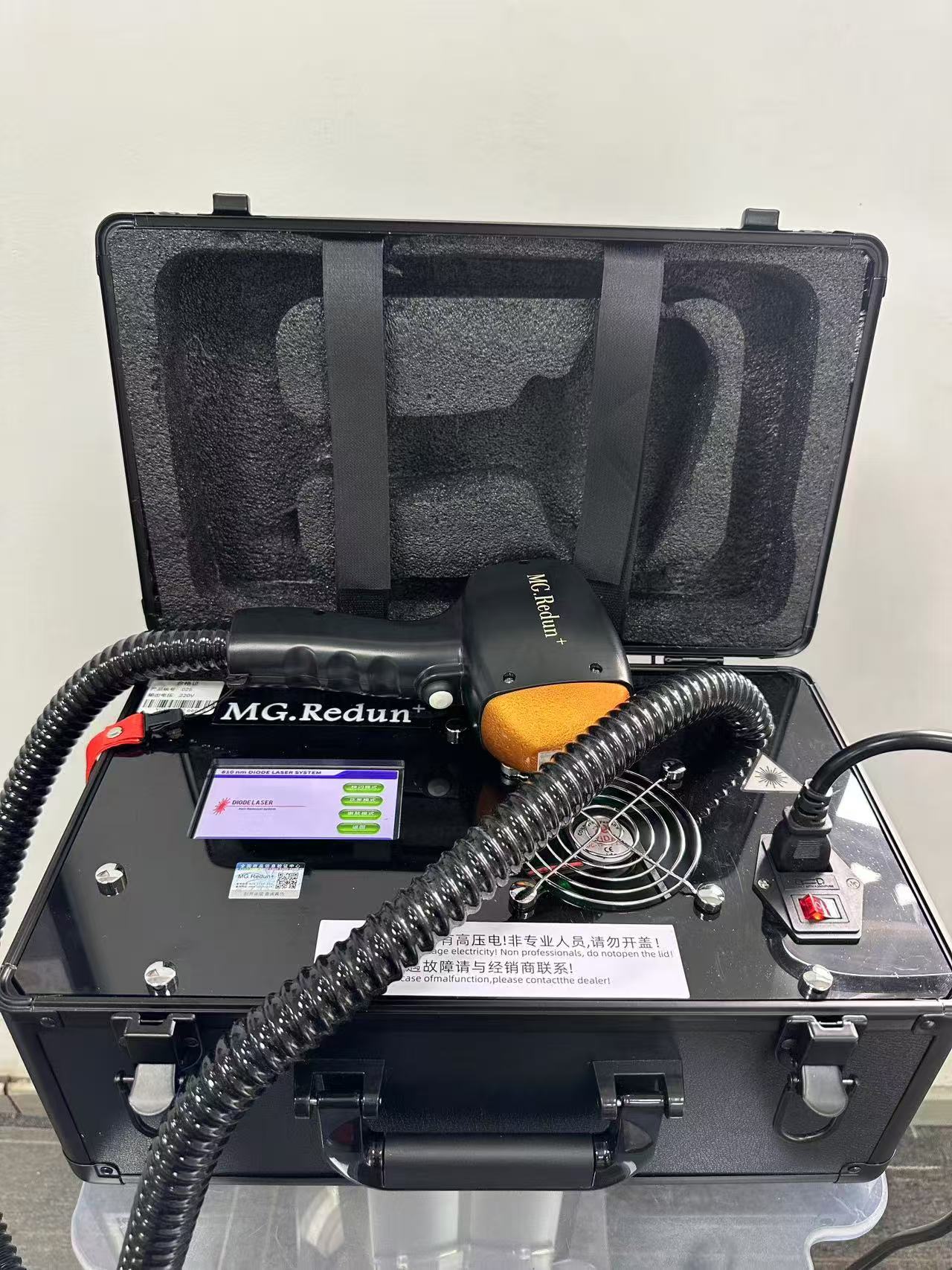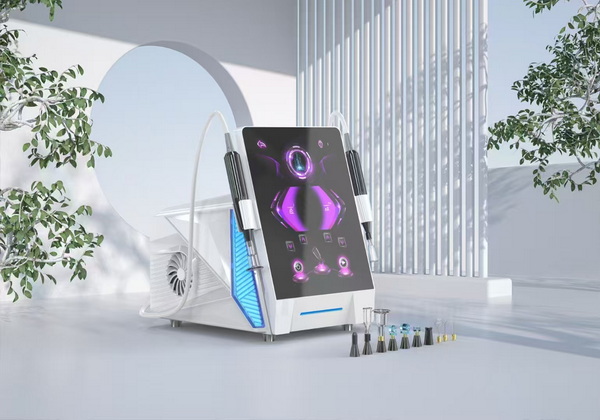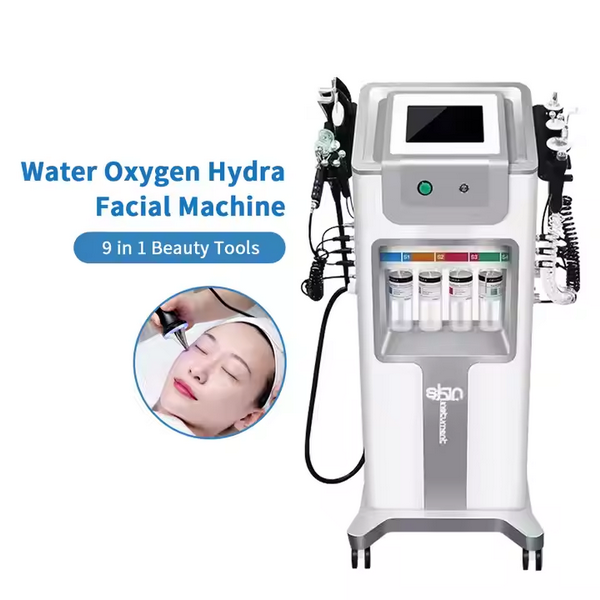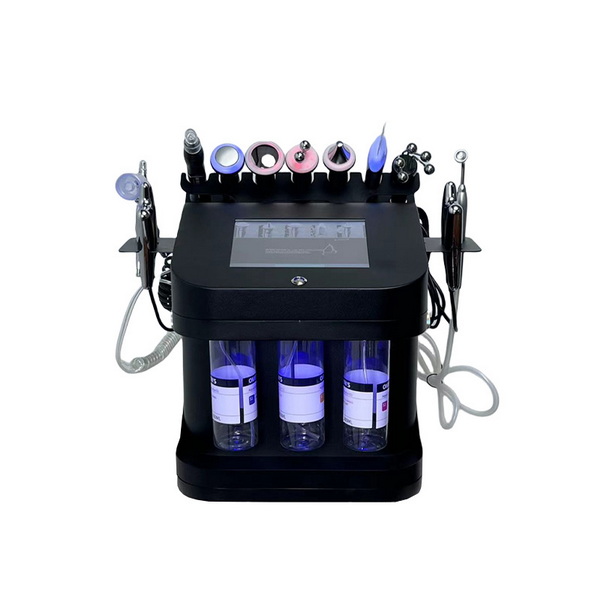Ultrasonic cavitation is a popular and non-invasive cosmetic treatment that promises to help individuals reduce stubborn fat, contour their bodies, and achieve a smoother, more toned appearance. While this treatment can offer excellent results for many, it’s important to understand the ultrasonic cavitation warning signs and precautions before undergoing the procedure. Like any cosmetic treatment, there are certain risks, contraindications, and factors that can affect the outcome of the procedure.
In this article, we’ll explore everything you need to know about ultrasonic cavitation warnings, the potential risks involved, how to ensure a safe and effective treatment, and what precautions to take to make the most of this non-surgical body contouring procedure.
What is Ultrasonic Cavitation?
Ultrasonic cavitation is a non-invasive procedure that uses low-frequency sound waves to target fat cells beneath the skin’s surface. These sound waves create bubbles inside the fat cells, causing them to break apart and be naturally eliminated by the body’s lymphatic system. The treatment is often used for body contouring, focusing on areas like the abdomen, thighs, love handles, and buttocks.
Unlike traditional liposuction, ultrasonic cavitation doesn’t involve any surgery or incisions, making it a more accessible option for those seeking fat reduction without the risks and downtime associated with invasive procedures.

Ultrasonic Cavitation Warning: The Risks and Side Effects
While ultrasonic cavitation is generally considered safe, it’s essential to be aware of the ultrasonic cavitation warning signs and potential risks that can arise during or after the treatment. While complications are rare, understanding what can go wrong helps ensure a safe experience and helps you avoid disappointment with the results.
Skin Sensitivity and Discomfort
One of the most common side effects of ultrasonic cavitation is mild skin sensitivity. During the treatment, you may feel a slight tingling or warming sensation in the area being treated, which is typically tolerable for most people. However, in some cases, the sensation may be uncomfortable or even painful, especially if the ultrasound waves are applied for an extended period. This can lead to temporary skin irritation, redness, or bruising in the treated area.
To avoid discomfort, it’s important to ensure that your practitioner adjusts the settings of the ultrasound machine according to your skin type and tolerance level. Always communicate with the technician if you experience any pain or discomfort during the procedure.
Ultrasonic Cavitation Warning: Who Should Avoid It?
Before deciding to undergo ultrasonic cavitation, it’s essential to understand who is not a suitable candidate for the treatment. While the procedure is non-invasive and safe for many, certain individuals should avoid it or consult with a healthcare provider before getting the treatment.
People with Certain Medical Conditions
Individuals with the following medical conditions should avoid ultrasonic cavitation:
- Pregnancy and breastfeeding: The treatment can stimulate the lymphatic system, which could have unknown effects on a developing fetus or breastfeeding infant.
- Heart conditions: Those with pacemakers, defibrillators, or other heart conditions should avoid ultrasonic cavitation, as the procedure may interfere with these devices.
- Liver or kidney diseases: Since the fat cells are metabolized and eliminated through the liver and kidneys, those with liver or kidney diseases should avoid ultrasonic cavitation.
- Cancer: If you have a history of cancer or are currently undergoing treatment, it’s best to consult your doctor before undergoing the procedure.
Skin Conditions
People with certain skin conditions, such as eczema, psoriasis, or open wounds in the treatment area, should also avoid ultrasonic cavitation. The treatment may aggravate these conditions or cause further irritation. Always consult with a qualified practitioner to ensure the treatment is safe for your skin type.
Ultrasonic Cavitation Warning: How to Minimize Risks and Maximize Results
To ensure the best possible experience and results from ultrasonic cavitation, it’s essential to follow specific precautions and aftercare recommendations. By doing so, you can minimize the risks associated with the treatment and achieve the desired body contouring results.
Choose a Qualified Practitioner
One of the most important factors in ensuring the success and safety of your ultrasonic cavitation treatment is choosing a qualified and experienced practitioner. Look for licensed professionals who are trained in performing the procedure. A well-trained technician will understand how to adjust the device to suit your body and skin type, ensuring that you get the best possible results without any unwanted side effects.
It’s also important to ensure that the clinic or spa where you get your treatment adheres to strict hygiene and safety standards. Make sure that the equipment is properly sanitized and that the technician uses disposable tools, where necessary, to prevent contamination or infection.
Follow Pre-Treatment Guidelines
Before undergoing ultrasonic cavitation, your practitioner may provide pre-treatment guidelines to help you prepare for the procedure. These may include:
- Hydrating well: Drinking plenty of water in the days leading up to the treatment can help your lymphatic system flush out the broken-down fat cells more efficiently.
- Avoiding heavy meals or alcohol: It’s recommended to avoid eating heavy meals or consuming alcohol just before the treatment, as this may interfere with the body’s ability to metabolize the fat.
- Avoid caffeine: Caffeine can dehydrate your body, so it’s best to avoid it in the 24 hours leading up to your treatment.
Following these simple guidelines can improve the effectiveness of the treatment and reduce any risks or complications that may arise during the process.

Post-Treatment Care: Enhancing Results and Avoiding Side Effects
After the ultrasonic cavitation treatment, it’s essential to follow proper aftercare to enhance the results and reduce the risk of side effects. Some of the key post-treatment guidelines include:
- Staying hydrated: Continue drinking plenty of water after the treatment to help flush out the liquefied fat cells and reduce the risk of swelling or discomfort.
- Exercise: Engaging in light physical activity, such as walking or gentle stretching, after the procedure can stimulate the lymphatic system and improve fat elimination. Avoid intense exercise right after the procedure to allow your body to recover.
- Massage: Some practitioners recommend gentle massage in the treated area to help disperse the fat cells more effectively and prevent any lumps or unevenness.
- Avoid hot showers and baths: After the treatment, avoid hot showers or baths, as heat may aggravate sensitive skin and increase swelling.
By following these aftercare instructions, you can help your body process and eliminate the fat more efficiently, leading to better results.
Ultrasonic Cavitation Warning: Possible Results vs. Expectations
While ultrasonic cavitation can produce excellent body contouring results, it’s important to manage your expectations. Results vary from person to person, depending on factors like age, skin elasticity, lifestyle, and the area being treated.
In many cases, patients see noticeable improvements after just one session, but multiple treatments are typically required to achieve the best results. Additionally, ultrasonic cavitation is not a weight-loss treatment, so individuals who expect dramatic weight loss may be disappointed with the outcome. The procedure is most effective for targeting localized fat pockets and improving skin tone and firmness rather than promoting significant weight loss.
What to Expect After Ultrasonic Cavitation: A Realistic Overview
After undergoing ultrasonic cavitation, some individuals may experience temporary side effects, such as:
- Redness or warmth in the treated area: This is a normal response and typically fades within a few hours.
- Mild bruising or swelling: Some individuals may notice slight bruising or swelling, but this usually resolves within a few days.
- Slight discomfort or tenderness: The treated area may feel tender or sore, similar to the sensation after a workout.
It’s important to note that while ultrasonic cavitation can deliver impressive results, it is not a quick fix. Consistency and patience are key, as the body takes time to eliminate the broken-down fat cells naturally. Most individuals begin to notice visible changes after several treatments.
Conclusion: Understanding Ultrasonic Cavitation Warnings
Ultrasonic cavitation is a safe and effective treatment for non-surgical body contouring when performed by a qualified practitioner. However, it’s important to be aware of the ultrasonic cavitation warning signs, contraindications, and potential risks involved in the procedure.
By following proper pre-treatment and post-treatment care, understanding the risks, and setting realistic expectations, you can maximize the benefits of ultrasonic cavitation and achieve a smoother, more toned appearance without the need for invasive surgery.
If you’re considering this treatment, always consult with a qualified provider to determine if it’s the right choice for you and to ensure your safety throughout the process.



